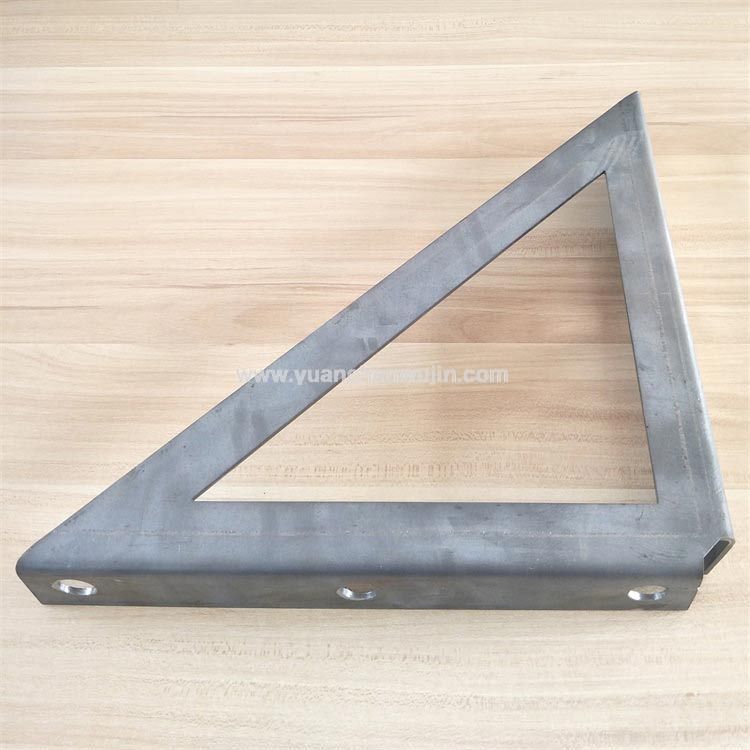- yuanchenwujin@hotmail.com
- +86 335 3899 615
- 中文站
The dimensional accuracy of the stamped part refers to the difference between the actual size of the stamped part and the designed size. The smaller the difference, the higher the precision. Ideally, the size of the blanking member is the same as the size of the die edge, and the size of the punching member is the same as the size of the punching edge. In fact, due to the force of the workpiece during the punching, a certain elastic deformation occurs. After the blanking is finished, the workpiece will undergo elastic recovery, resulting in the size of the blanking member and the die edge size, punching and punching edge. The mouth size does not match, which affects the dimensional accuracy of the stampings. As an Auto Stamping Parts Exporter, let's give you a detailed introduction.
There are many factors affecting the dimensional accuracy of stamping parts, such as punching clearance, die manufacturing precision, material properties, and thickness, stamping part shape and size, etc., the main factor is the punching gap. When the gap between the convex and concave molds is too large, the drawing effect of the material during the punching process is large, and the drawing deformation is large.

After the completion of Metal Blanking, the size of the blank is reduced due to the elastic recovery of the material, and the size of the punching member is increased. When the gap is too small, compression deformation occurs due to the material being pressed by the convex and concave molds. After the blanking, the size of the blanking member is increased due to the elastic recovery of the material, and the size of the punching member is reduced. The dimensional accuracy of the stamped part is also related to the nature and thickness of the material. Due to the nature of the material, the amount of elastic deformation of the sheet during the blanking process is directly determined. For the softer material, the amount of elastic deformation is small, and the elastic recovery after punching is also small so that the precision of the workpiece is relatively high. The material has a large amount of elastic deformation, and the elastic recovery after punching is also large so that the precision of the workpiece is low, and the elastic arch is large, the elastic recovery is large, and the precision of the workpiece is low.
In addition, dimensional accuracy is related to the shape and size of the Stamping Bending Forming Parts. The larger the part size, the more complicated the shape, the more difficult it is to make the mold manufacturing adjustment, and the mold gap is not easy to ensure uniformity, so the size deviation is larger. The influence of the above factors on the dimensional accuracy of the stampings is discussed on the premise that the mold manufacturing precision is constant. If the manufacturing accuracy of the die edge is low, the accuracy of the punched parts cannot be guaranteed. Therefore, the manufacturing tolerances of the size of the convex and concave die edges are determined according to the dimensional accuracy requirements of the workpiece.